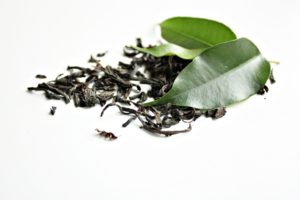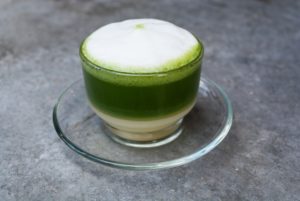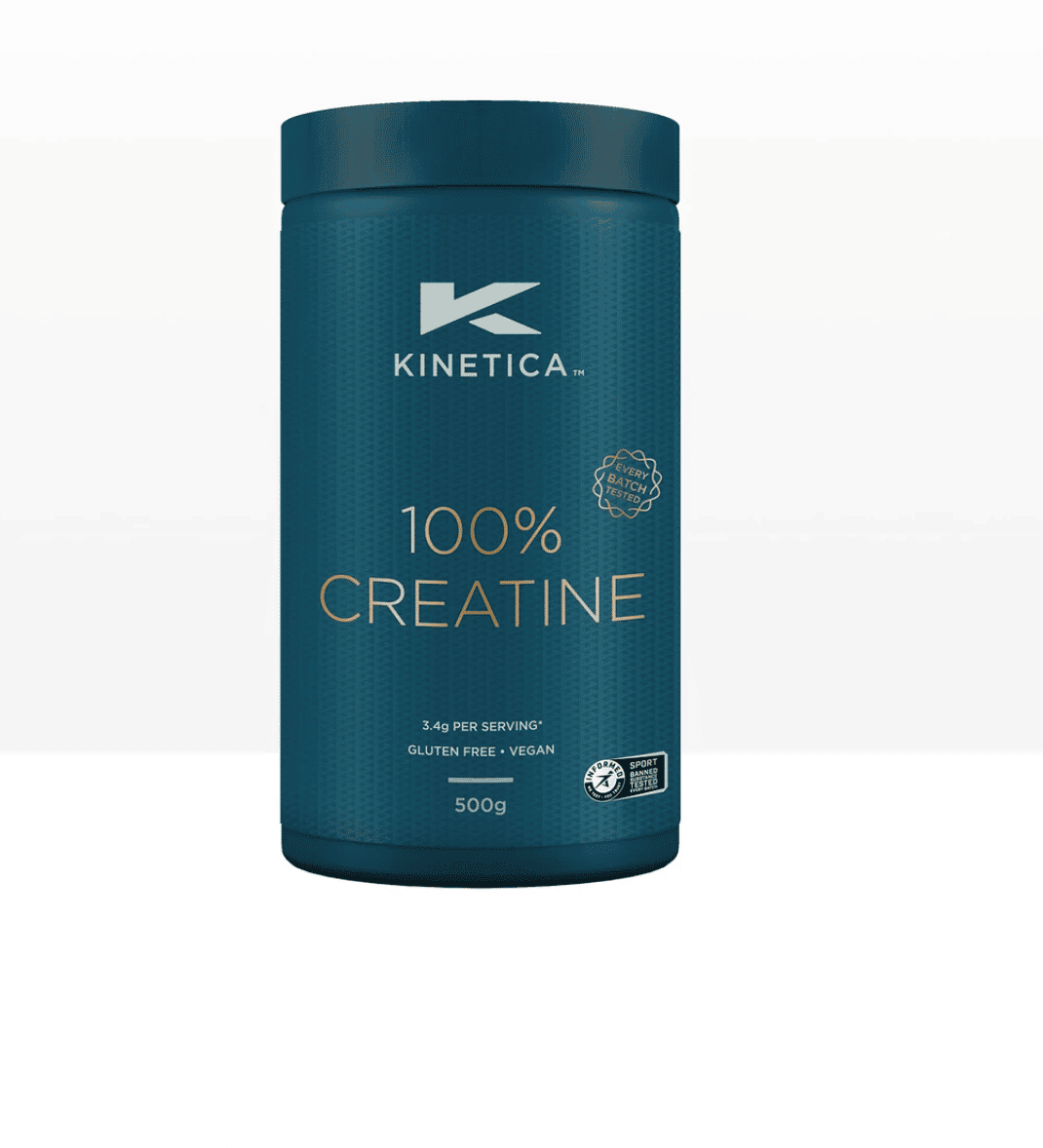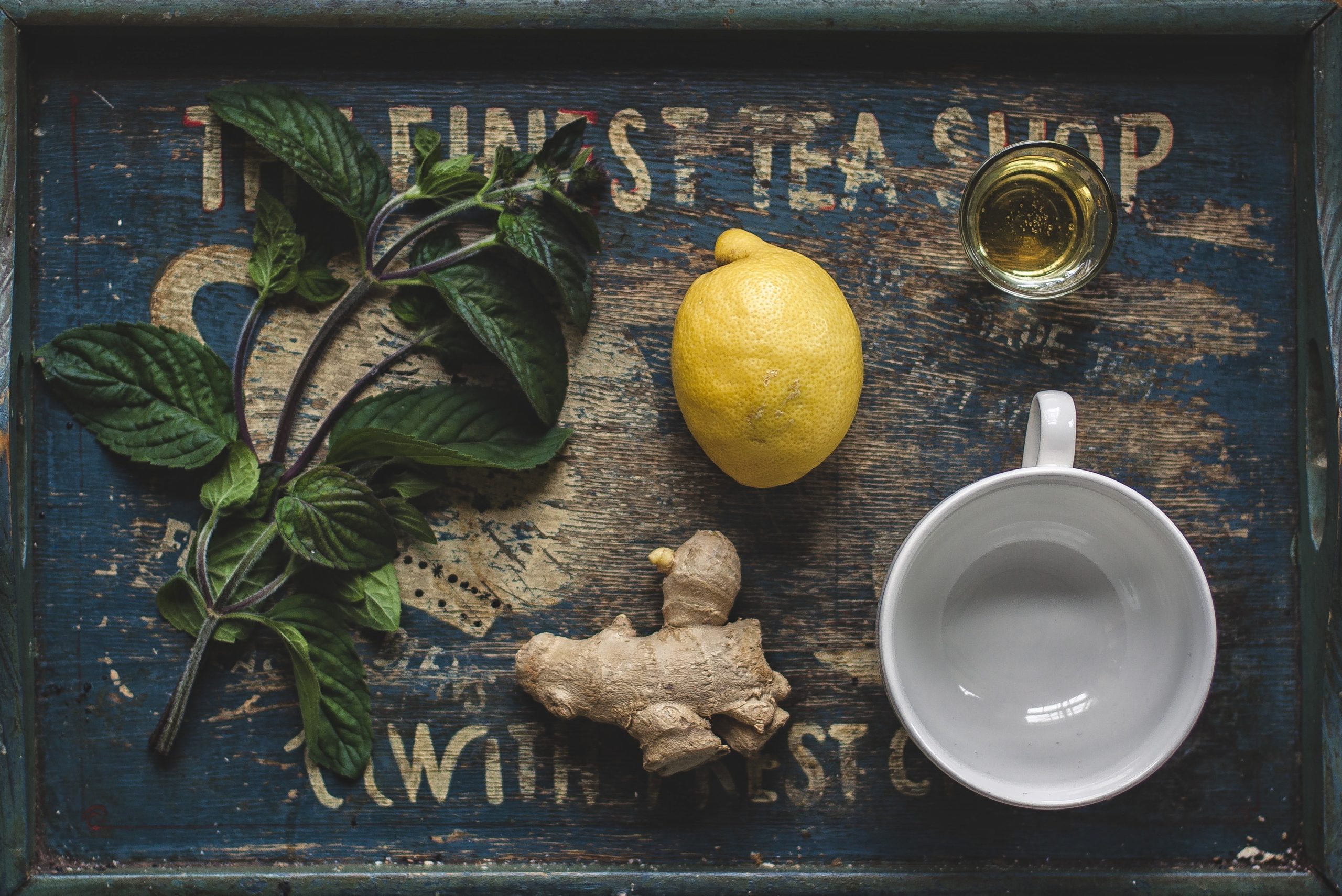Introduction
C.S. Lewis once wrote that “You can never get a cup of tea large enough or a book long enough to suit me”. I’m not sure about a book, but certainly I can agree when it comes to green tea, otherwise known as Camellia sinensis. Green tea has been consumed for centuries in Asian countries, particularly China, where it originates. Green tea has not only a major part of Chinese and Asian culture for its unique taste and social significance, but it has also long been associated with health promoting and therapeutic properties. In recent years green tea has become much more common in Western societies, and can now be found on nearly all restaurant and café menus as well as in any decent health food store. So green tea is undoubtedly popular for both health and social reasons, but why, apparently, is it so good for you?

Why is green tea good for you?
Every day our bodies are exposed to a variety of challenges such as pollutants in our environment or ultraviolet (UV) rays from the sun that results in the production of molecules known as free radicals or reactive oxygen species (ROS). These are naturally-occurring molecules – their production is increased during exercise for example by essential biological processes. These molecules can potentially negatively impact our health if the exposure is cumulative. Under normal conditions, the body has an ability to scavenge these molecules, and thereby negate any negative effects by and large. However, when these processes (free radical production) repeatedly exceed our bodies’ ability to tolerate them, this is suggested to hasten aging processes and increase the risk of diseases like cancer and Alzheimer’s disease.

Antioxidants are our bodies’ in-built monitoring system to manage by-products of metabolism and environmental pollutants. They can be produced by the body itself but can also be consumed in the diet and act as free radical scavengers helping to reduce potential damage to our bodies’ cells. This is one of the key reasons why eating a diet that is rich in antioxidants is now considered so important, and the major source of dietary antioxidants are through fruit and vegetables.
One type of antioxidants that are suggested to offer powerful protective properties to the body are called “catechins”, and in particular in relation to green tea, one named epigallocatechin gallate, which commonly referred to as EGCG. Green tea is a rich source of these specific antioxidants, and it is mainly for this reason that green tea is thought to offer so many health benefits. Numerous studies have shown that the antioxidants in green tea possess anti-mutagenic (cancer), anti-diabetic, anti-inflammatory, anti-bacterial, anti-viral and cholesterol-lowering properties. Sounds supportive to me at least!
Fat loss with green tea?
Green tea is also suggested to assist with fat loss. The suggested mechanism being that green tea induces a thermogenic effect in the body meaning that the body gives off more heat (metabolism is stimulated) and therefore uses more calories at rest. Recent research in humans suggests that this effect is small if even there at all, and so it should be said that the fat loss resulting from drinking green tea is probably going to be negated if you are using it wash down a pastry! In the dark chocolate article the presence of catechins in cocoa are also discussed, so maybe a green tea and dark chocolate could be your new treat?
Choosing a green tea

There are a huge amount of green tea varieties on the market. The best way to experience green tea is to brew green tea from dried, loose leaves rather than bags or any kind of instant variety. That way you will get the freshest, fullest flavour and gain the full benefits of the antioxidants in green tea. Teabags are satisfactory if you don’t have access to the leaf form but as with most foods, the more processed the food, the lower the nutritional value, and the same can be said for green tea. It is established that the antioxidant potency and nutritional value of green tea leaves is greater than that of tea bags. This is mainly due to more of the whole leaf being used when green tea is brewed in lose form, compared to low grade broken and damaged leaves which have leached their nutrients being used in tea bags.
Given the long list of potential health benefits from the nutritive features of green tea, it seems like an obvious choice to include it in your diet. If you currently don’t drink green tea, my advice is to try to start today! Adding a little honey or a squeeze of fresh lemon juice (or both!) is a good way to make it more palatable if at first if you don’t like the taste. Adding fresh ginger is another great way to improve the taste, and actually would further improve the nutrition profile of the drink.

You might be imagining green tea as a hot drink, but green tea can also be consumed cold, or ice-cold with fresh lemon or lime. This is an extremely refreshing drink, particularly during the summer months when there is a bit of warmth about. So, whether it’s hot in the winter or cold in the summer, aim to make this part of your daily routine, and you too may reap the health benefits that the Chinese have known for thousands of years!








